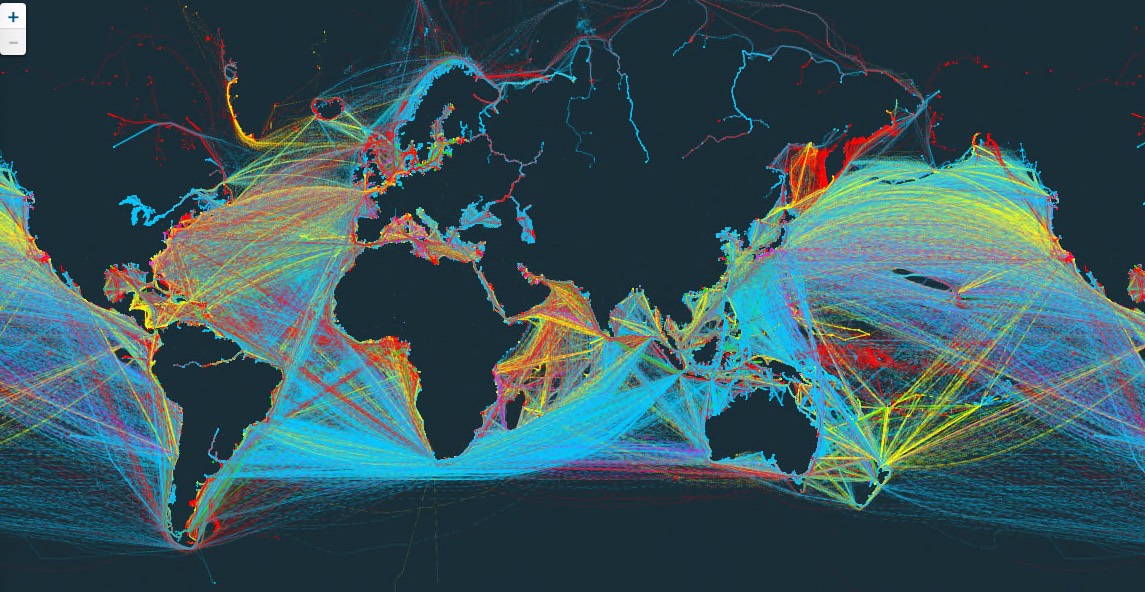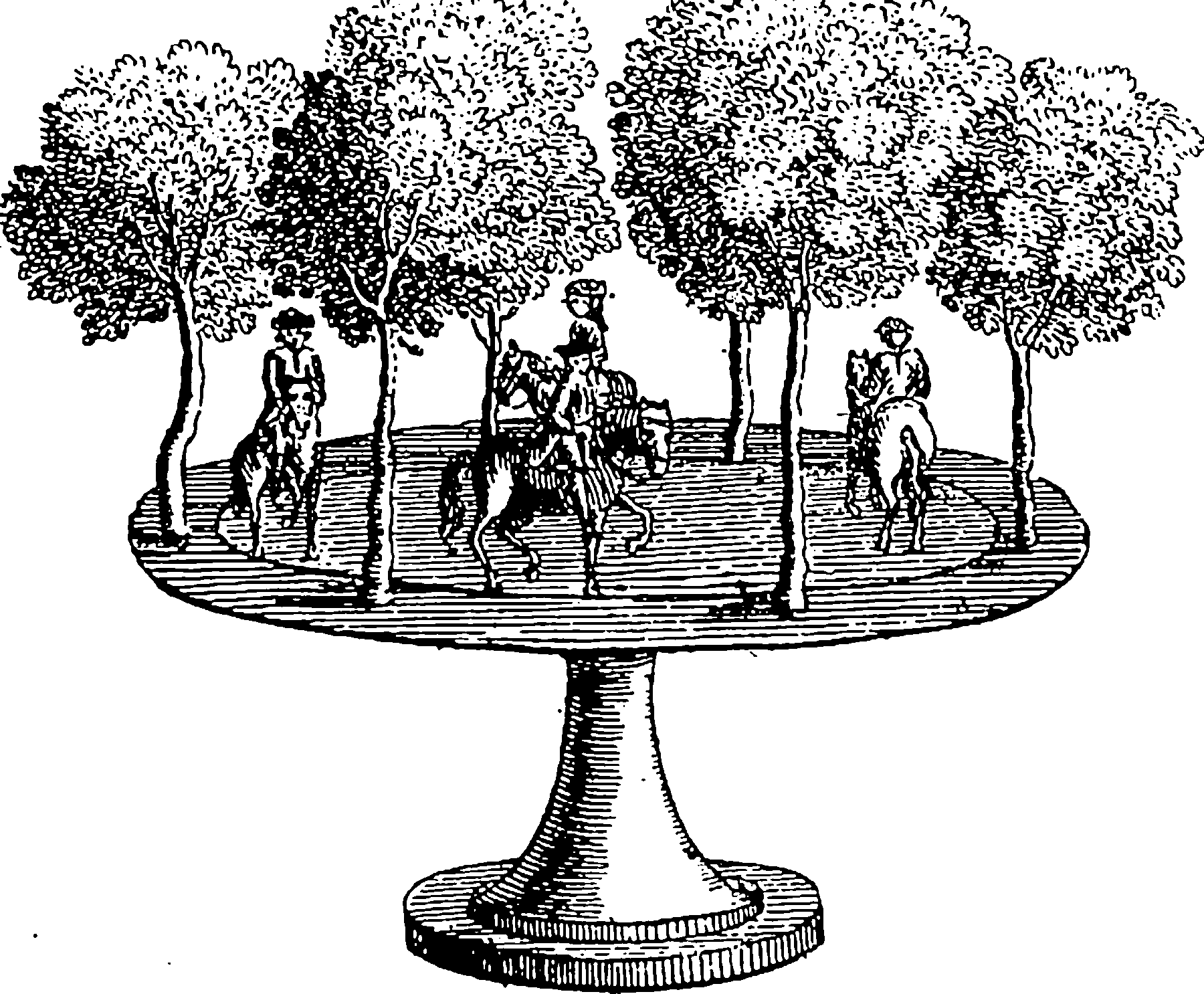Material basis of the economy
October 17, 2011 — October 3, 2023
To mention: Exergy, emergy, various footprint measures. The mysteries of trade: why do countries who export cars also import cars?
What is growth? Do we have to burn petroleum to have it? Is it bad if we don’t have it? If we have it without petroleum, will that be through privatising other intangible resources, such as intellectual property, privacy, relationships, freedoms, genomes? Is that tradeoff worth it? Or even possible?
1 Energetics
🏗
2 Incoming
Brian Arthur’s The second economy
The Product Space and The Wealth of Nations
International trade data is taken from Feenstra, Lipsey, Deng, Ma, & Mo’s “World Trade Flows: 1962-2000” dataset. This dataset consists of imports and exports both by country of origin and by destination, with products disaggregated to the SITC revision 4, four-digit level. The authors build this dataset using the United Nations COMTRADE database. The authors cleaned that dataset by calculating exports using the records of the importing country, when available, assuming that data on imports is more accurate than data from exporters. This is likely, as imports are more tightly controlled in order to enforce safety standards and collect customs fees. In addition, the authors correct the UN data for flows to and from the United States, Hong Kong, and China. We focus only on export data, and do not disaggregate by country of destination. More information on this dataset can be found in NBER Working Paper #11040, and the dataset itself is available at http://www.nber.org/data and http://cid.econ.ucdavis.edu/data/undata/undata.html
Bitcoin: How a flooded mine in China spotlighted Bitcoin’s pollution problem
Artificial intelligence technology behind ChatGPT was built in Iowa — with a lot of water | AP News

